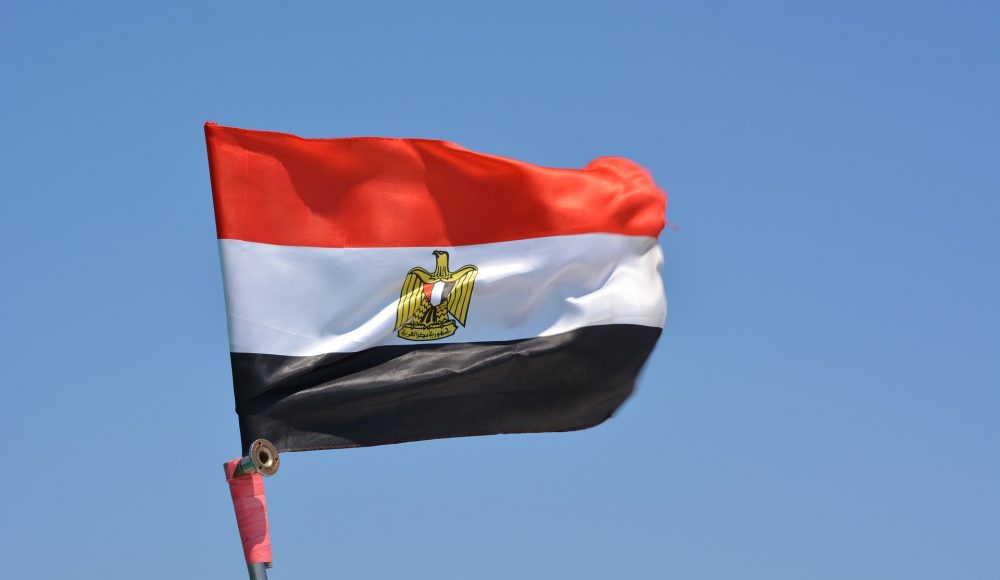Four Reasons Egypt is Ideal for Renewable Energy Investments
17th July 2017

Despite falling fossil fuel prices, interest in investing in renewable energy sources remains on the rise. The global community realizes the need for alternative fuel sources and has made a collective commitment to the pursuit of research, development and investment in this area, especially since the 2015 United Nations Climate Change conference in Paris. A shift in global awareness as well as upgrades in technology, lowered costs and availability of new financing options have made the pursuit of renewable energy one that is here to stay. In fact, the International Trade Administration of the United States notes that green energy investing surpassed USD $329 billion in 2015. China, Africa and Latin America are well-known players in the renewable energy space, but Egypt is quickly establishing itself as a presence as well. Here Cornfield & Partners explore four reasons why renewable energy investment opportunities in Egypt are growing.
Natural Resources
Egypt has the right blend of available land, hot sun, dry climate and high winds, making it an ideal location for renewable energy production. On average, Egypt has a total of 3451 (out of 4383) hours of sunlight per year; it’s sunny over 78% of available daytime hours. Winds are just as high performing, especially along the Suez Gulf where winds reach an average of 10.5 m/sec. Egypt is one of a handful of countries with a regularly reported National Wind Atlas. Land wise, Egypt’s government has recently slated approximately 7,845 kilometers in this gusty area and along the Nile Banks for additional wind projects.
Timeline Commitment
Not only is Egypt committed to the philosophical idea of creating renewable energy, but the country has definitive plans for the supply of its energy, with a goal of 20% of power to come from renewables by 2022. The expected breakdown is:
· 12% Wind
· 5.8% Hydro
· 2.2% Solar
It is worth noting that a December, 2016, Forbes article cited the World Bank’s “On Doing Business” report as listing Egypt 88 out of 190 countries in which to do business under the “Getting Electricity” heading. This was a 41-rung move up the ladder from Egypt’s rank on World Bank’s prior listing.
In recent developments, Tarek Kabil, the Minister of Industry and Trade, stated that his department will be creating a new solar project to the tune of USD $6.5 million in the next five years. This project will focus on providing energy for the food, textile and chemical sectors.
Investor Involvement
The 20% by 2022 plan involves significant outside investment. Export.gov notes that private sector investing is a must to make this plan a reality, accounting for about 67% of the overall plan. It is expected that over the next five years, approximately 51GW will be added to current capacity. In January 2017, Egyptian leadership of this project chose 67 companies that would be eligible for involvement to develop over 4GW in renewable related projects. In the January 21, 2017, edition of the Egypt Daily News, Project Management Director for Desert Technologies Company Mohamed El-Daley says, “Egypt has a great opportunity to make progress in the renewable energy sector during the current year in light of the participation of more than 100 local and international companies in the feed-in tariff and competitive tenders offered by the EETC to establish solar and wind plants with a capacity of 550MW.”
In November of last year, the country’s Ministry of Electricity signed contracts valued at over $662 million geared toward creating 400MW of solar energy. The ministry also held a press conference in September of last year to declare that in October the second round of feed-in tariffs would begin, a program directly targeting foreign investors and outside financing for additional renewable energy projects. The outside/inside mix is projected at 70% non-Egyptian and 30% Egyptian for solar and 60% non-Egyptian and 40% Egyptian for wind.
Sub Sector Opportunities
An added benefit of disruptive thinking is that it brings about additional investment opportunities and growth. With Egypt’s far-reaching alternative energy plan, the same will be true for the following sub-sectors:
-
Wind turbines and towers
-
Photovoltaic panels and associated technologies
-
Concentrated solar power equipment and associated technologies
-
Local industries and local manufacturing for equipment supply
Growing Pains
As with all big ideas, growing pains exist for Egypt’s plan to supply 20% of electricity from renewables by 2022. These include assertions by investors that the government needs to provide feed-in tariff laws and to fast track implementation of contracts so that investing companies are not caught waiting for long periods of time. Additionally, critics say that there should be additional incentives to attract foreign companies.
Cornfield & Partners can help you look into new sales opportunities in Egypt and the Middle East in the renewable energy sector as well as a wide range of additional sectors including technology, oil & gas and consumer goods. For trustworthy and experienced advice, contact info@cornfieldpartners.com or call us on +44 (0) 20 7692 0873
